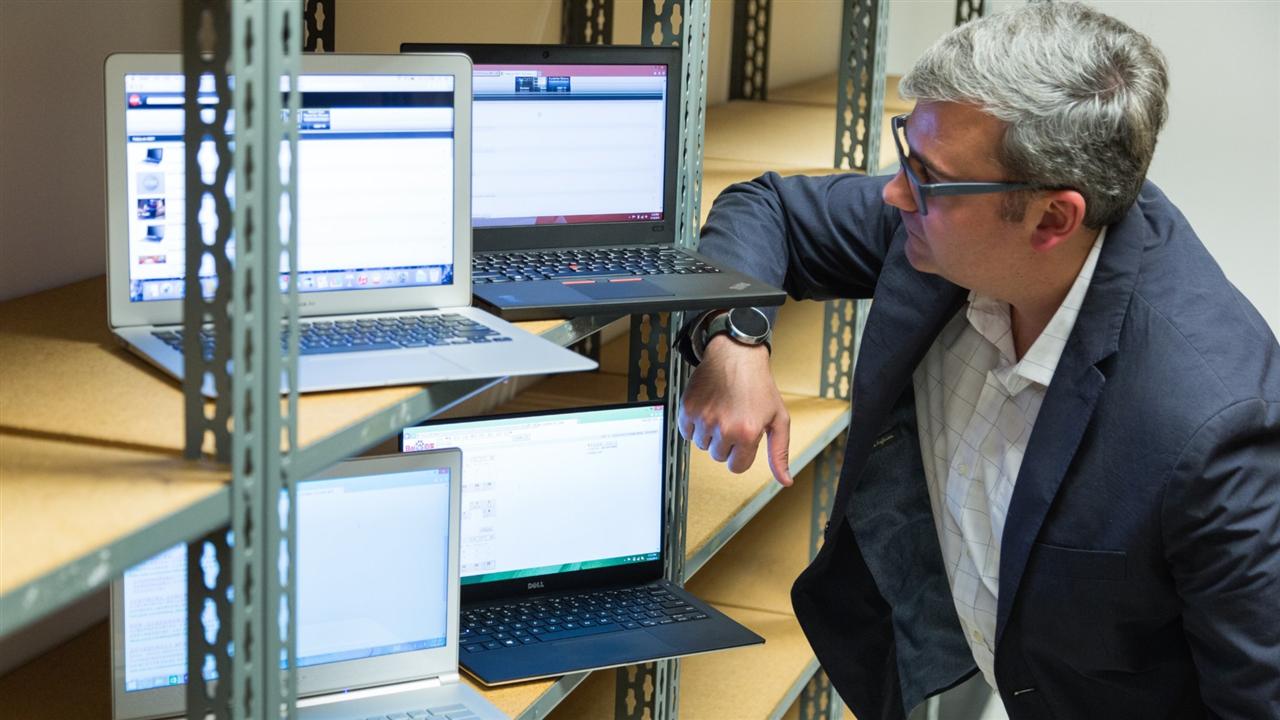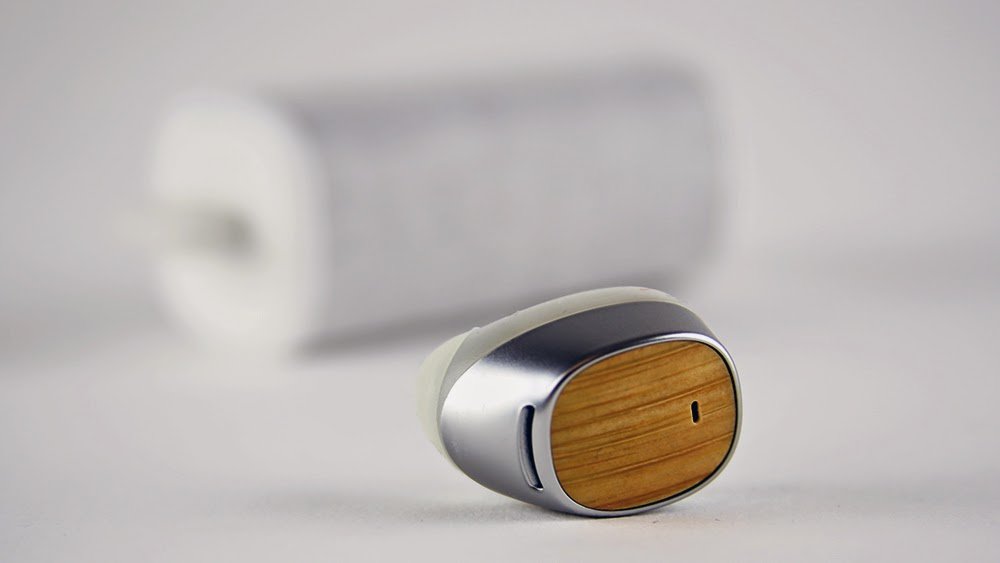Laptops have a new talent: ultra-marathoning. Computers coming this winter can last up to 22 hours on a single charge. That’s enough battery for two full days of work … or one really, really bad day.
Battery life is the ultimate party pooper. No matter how amazing my shiny new phone, laptop, camera or watch might be, I still have to run around finding a place to plug it in. On my last business trip, I had to pack a power strip.

IN the span of two days last week, I travelled back and forth to the office twice, wrote this column, streamed two episodes of “Sherlock,” drank seven cups of coffee and recharged my phone four times. I never once plugged in my laptop.
We demand the impossible from our gadgets — to be fast, light as a feather, cheap, with enviable looks and batteries that go on and on. Here’s the thing: With laptops, at least, we’re actually getting close to having it all.
You’ve long been able to buy a battery that was so big it transformed your laptop into a luggable desktop. But the latest 13-inch laptops from Apple, Acer, Dell and Lenovo pack enough oomph to do real work in a package you can hold in one hand. I borrowed them all, then unplugged them.
The laptop with the most stamina, by far, is the Lenovo ThinkPad X250. Shipping next month in the US for $US1150 ($1399) and up, the model I tested will be offered with an extra-large removable battery that helped it last over 21-and-a-half hours in one of my stress tests.
The laptop that most won my admiration is the new $US800-and-up Dell XPS 13. Its battery clocked in at about 12 hours, then went to more than 18.5 hours with the help of a separate $US108 power companion. What’s remarkable is that the Dell does this in a 1.17kg form that’s cheaper, smaller and even a bit lighter than the famously svelte $1,000 13-inch MacBook Air. (Without the companion, Dell’s battery also lasted just a hair longer than the Air.)
The Dell XPS 13 is the laptop to beat in 2015, at least until we see what Apple has in store when it redesigns the MacBook Air, which hasn’t changed in style since 2010.
How did laptops get to two-day territory while smartphones still struggle to make one? They face different challenges. Phones waste a lot of juice connecting to mobile networks and have far less space to stash batteries. But laptops have to do a lot more processor-demanding work and have larger screens.
Much of the recent improvement in laptop life can be attributed to the efficiency of the processors inside them. The latest models from Acer, Dell and Lenovo contain a new kind of processor from Intel, 5th Generation Core, that adds about 90 minutes of battery life, compared with last year’s laptops. And older models, like the current MacBook Air, contain last-generation Intel chips that still provided a massive 50 per cent battery boost over anything from early 2013 or before.
Processors have learned how to turn off more and more non-essential functions when you don’t need them. Why be ready to crunch the numbers to render 3D imagery when all you’re doing is scanning top-10 lists of cats?
And processors aren’t the only battery hogs. Displays and wireless radios drain juice, and other factors affecting battery life include the operating system, the type of storage, and, of course, the size and density of the battery.
Because we all use laptops differently, there’s no perfect battery test. Companies make claims based on tests that don’t necessarily reflect real life. That’s why their lawyers make them stick lots of asterisks on their ads.
To cut through the confusion, and achieve the results I discussed above, I used a trio of tests. First, I played a never-ending loop of nature videos stored on their hard drives, simulating the movie marathon you might queue up on the world’s longest flight. Second, I ran a program (developed by the industrywide Embedded Microprocessor Benchmark Consortium) in their web browsers to load and scroll through some of the most popular sites over and over again. Finally, I just used them in my life.
Here are the battery-life dimensions you should consider when buying a laptop in 2015:
Chips: Processors have become so efficient, any road warrior will want a laptop made no earlier than June 2013, when Intel’s 4th Generation Core came out. And if you can, get one with this year’s 5th Generation Core. Intel and its laptop-building partners don’t make it easy to spot the difference — for this year’s models, the name of the processor should include “5th Generation” or read “5000-something.”
There’s another kind of processor, called Core M, that consumes less energy but also has less processing power for demanding work. Makers tend to use it in ultra-portable laptops that weigh less, with smaller batteries that can’t last as long. Toshiba ’s upcoming Core M laptop, the Portégé Z20t, is expected to get 17.4 hours of battery life. (The company couldn’t get me one to test in time for this review.)
Screens: The bigger, brighter and sharper your screen, the harder your battery will have to work. If you want any laptop to last longer, crank down the brightness on the screen. I used a light meter in all my lab tests to put them on equal footing, which meant setting most of them to roughly 70 per cent.
Resolution, too, plays a role in power performance. It’s no surprise that the Lenovo had the lowest resolution of the group, though it was passable. There has yet to be a high-resolution MacBook Air, either. The Acer I tested has a high-res touch screen — and poorer battery life.
In my tests, a Dell XPS 13 with a relatively standard 1920×1080-pixel screen lasted about four hours longer than one with a Quad HD+ 3200×1800-pixel display. (I also find these higher-resolution screens maddening to use with Windows 8, which can make some apps look impossibly tiny.)
Watt hours: Every system may draw on a battery differently, but not all batteries are created equal, either. These days, battery capacity is measured in watt hours (Wh). Dell’s XPS 13 includes a 52 Wh battery, while Lenovo packs two in the X250 — a 23.2 Wh internal and a 72 Wh add-on.
Batteries still have a problem with losing capacity with repeated use. I noticed a degradation even in the three weeks I tested these laptops. Laptops that let you swap in new batteries, like the Lenovo ThinkPad, make it easier to deal with the inevitable decline than those that bury the batteries deep inside, like the MacBook Air and Dell XPS 13.
Design: Different theories about where to stash those batteries also impact the shape and weight of laptops. No doubt about it, the 72 Wh add-on battery gives Lenovo’s ThinkPad X250 a hefty backside — and brings the total weight to 1.6kg. It’s still lighter than most laptops from just a few years ago, but I could feel it tugging in my bag.
Dell gets to two-day battery territory by selling that optional power companion, a 43 Wh carry-along battery backup. Surprisingly, it was a huge success in my real-world test. I liked having it in my backpack as a security blanket for my laptop’s battery life, and as a way to charge my phone and tablet via USB. If one more thing can save me from carrying three extra chargers, I’m game.





Add comment